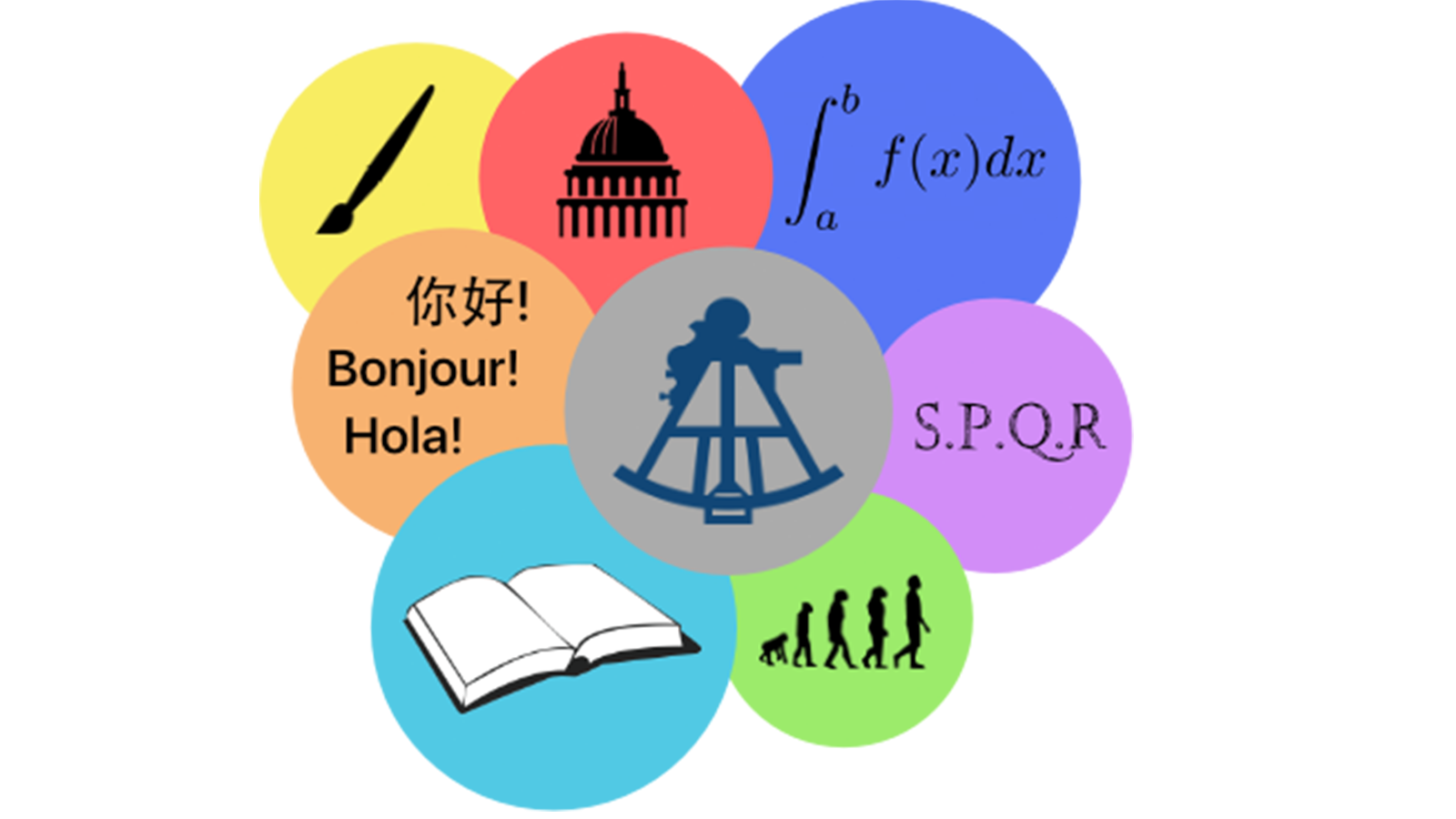A quick dive into the recent history of Belmont Hill’s curriculum reveals that little has changed over the past two decades or more in regards to the actual breakdown of subjects and grade levels. While some may rightfully argue that our curriculum has proven successful for college admissions, AP exam scores, and other metrics, we suggest that some change is necessary. The curriculum needs a facelift to bring it in line with the school’s purported mission, adapt to changing technological and social cultures, and prepare students best for future education and careers.
The largest disservice in the current schedule is to the arts and health and wellness programs. Art classes are bent to fit within the confines of the “core classes,” relegated to one Marking Period at the beginning of Form I, a semester in Form III, and sporadically throughout the Upper School. This format is the best option given the time constraints placed on the academic day but it significantly detracts from student exploration of the arts. In particular, performing arts have been relegated to study hall or after school times, giving students an ultimatum of getting homework done or participating. In solving this problem, taking six classes should be normalized, with one slot being reserved for arts and the Health and Wellness program throughout all six years of school life.
Eighth-graders know especially well the conflict surrounding choosing between classics and modern languages for the ninth grade. Latin has and will continue to be a core tenet of the early middle school curriculum; however the lack of Modern Language education for the first three-quarters of Form I must be repaired. Based on scientific data, earlier exposure to languages significantly aids fluency. With this in mind, Belmont Hill should move to offer a three-quarter year modern language course for all Form I students. Instead of taking just one modern language, students should take a course that allows them to study each Modern Language for one quarter of the year beginning in Marking Period 2. The first Marking Period would simply be a study hall block for Form I students coupled with extra health and wellness/tutoring programs to assist their transition into Belmont Hill daily life.
To accommodate additional modern language scheduling, the Alpha course would absorb the Greek and Roman history curriculum now offered as History 1 to create more relevant coursework for students. In this way, Alpha will offer boys a fuller scope of the study of the classics while opening up a significant portion of the year. In this model, students would choose classics or modern languages in the middle of their eighth-grade year ahead of the second semester. They could elect to continue with both languages for the remainder of the year if they would like, although it would necessitate missing a semester of other electives.
Due to the current dominance of two years of language in Form I and Form II, Science and History are fit into smaller portions of students’ curricula. This leads to a less prepared student entering rigorous lab science and history courses in the Upper School. In Form I, science and history should be offered as an interdisciplinary year-long course co-taught by science and history faculty geared towards providing background knowledge and skills for future history and science studies. In Form II, a similar year-long interdisciplinary science and history course would be taught with the content of this course focusing on teaching research skills to be utilized for writing papers in later courses. Students would complete two research projects, one historical, one scientific throughout the year in addition to building base knowledge to better understand their topics.
In the spring of Form II, history and science electives would be offered as alternatives to the language class they will not continue. The next year, in Form III, students would choose two-semester long history electives, focusing on particular global regions and marginalized groups. In science, Computer Science would be a required semester-length course with the other semester filled by a host of science electives including current classes like Environmental Science, Conceptual Physics, and Engineering.
Student choice and interdisciplinary teaching drive the changes suggested above. The inclusion of all subject disciplines contributes to a well-rounded curriculum that prepares students for their years at Belmont Hill and beyond. Not everything will change: nearly the entire English and Math curriculum would remain exactly the same, the science and history programs would experience no change in the Upper School years and only significant change in the Form I and Form II years, and Modern Language and Classics would only see one semester of change in the eighth grade across twelve semesters of content. Finally, the arts would see a massive expansion and space for new courses. Designing a curriculum at a school as dynamic as Belmont Hill is extremely challenging, and so we believe that there is much to praise in the current array. With a few tweaks, the school could be well on its way to continue leading in the twenty-first century.





